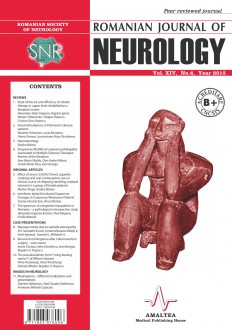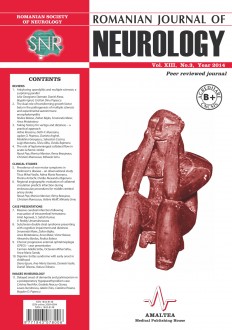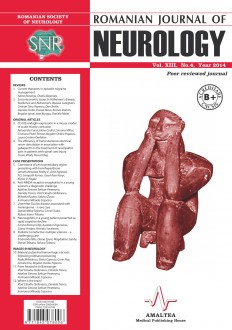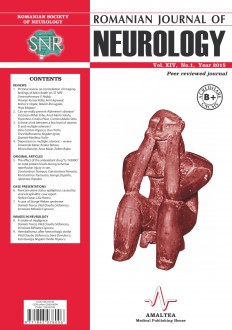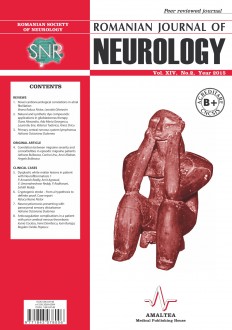SELECT ISSUE
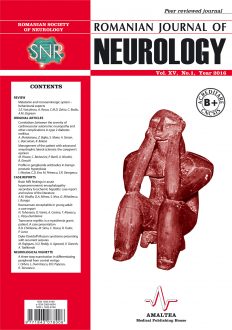
Indexed

| |

|
|
|
| |
|
|
|

|
|
|
|
|
|
| |
|
|
HIGHLIGHTS
National Awards “Science and Research”
NEW! RJN has announced the annually National Award for "Science and Research" for the best scientific articles published throughout the year in the official journal.
Read the Recommendations for the Conduct, Reporting, Editing, and Publication of Scholarly work in Medical Journals.
The published medical research literature is a global public good. Medical journal editors have a social responsibility to promote global health by publishing, whenever possible, research that furthers health worldwide.
DYKE-DAVIDOFF-MASSON SYNDROME PRESENTING WITH RECURRENT SEIZURES
M. Rajaguru, V. Umamaheswara Reddy, Amit Agrawal, V. Ganesh and Anil Tadikonda
ABSTRACT
Dyke-Davidoff-Masson syndrome (DDMS) is cerebral hemiatrophy occurring following brain insult resulting from infarct, trauma or infection in utero or soon after birth. Clinical features of this syndrome include variable degree of contralateral hemiparesis, facial asymmetry, seizures and mental retardation. Recurrent seizures is the most debilitating and poor prognostic indicator of this disease. Neuroimaging plays pivotal role in establishing the diagnosis of DDMS syndrome. CT/MR imaging shows unilateral cerebral parenchymal atrophy, prominent sulcal spaces, ipsilateral ventriculomegaly, cerebellar atrophy, falcine and superior Sagittal sinus shift to affected side. Bone windowing in CT scan shows decreased skull volume on affected side calvarial thickening, elevation of sphenoid wing and petrous temporal bone, expanded sinuses and mastoids. Here we describe 34 years old female who had hemiparesis, seizures and facial asymmetry since childhood and imaging evaluation established diagnosis of congenital type of DDMS.
Keywords: Dyke-Davidoff-Masson syndrome, seizures, hemiatrophy and ventriculomegaly
Full text | PDF

